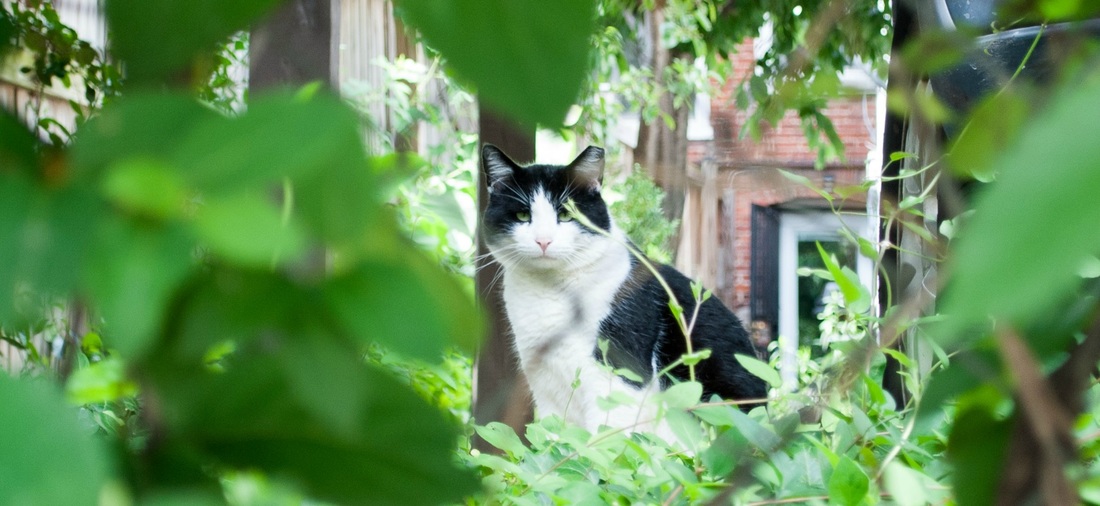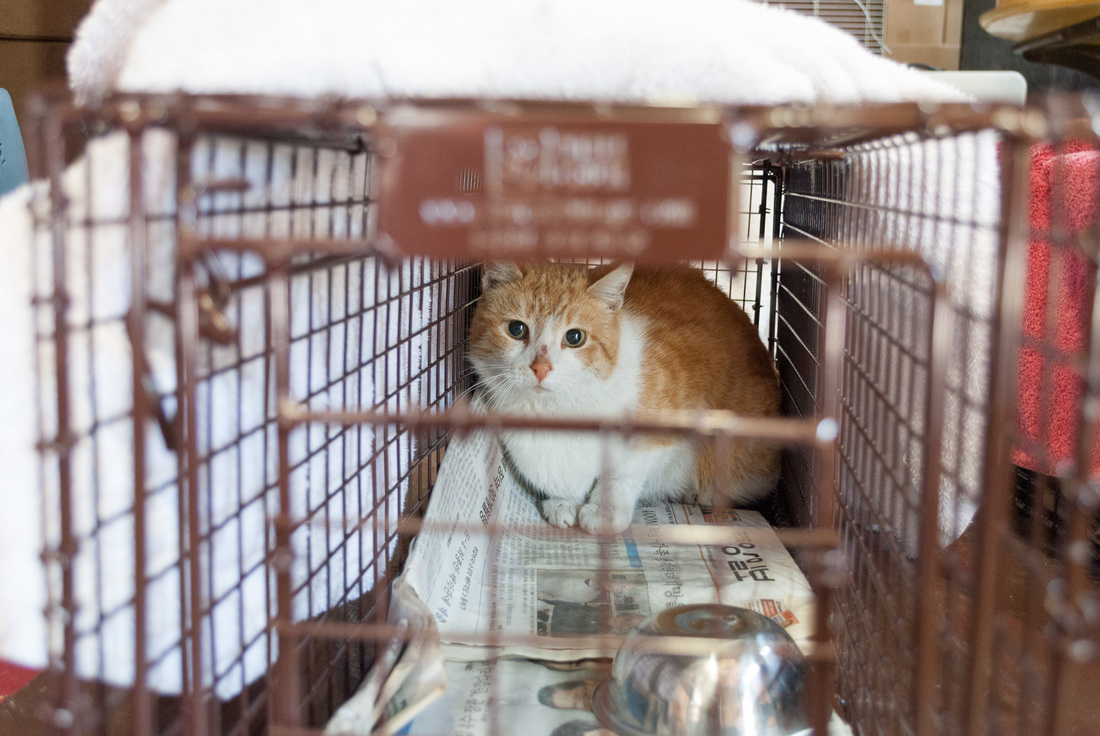|
Today more individuals are sharing their homes with companion animals than ever before, with cats being the number one pet in American homes. The bond between humans and animals is strengthening, and the public no longer finds it morally acceptable to use lethal management practices to control animal populations. In particular, the tradition of mass killing feral cats through catch-and-kill, is being replaced by a new model, Trap-Neuter-Return (TNR), that is more humane, more effective, and less costly. As evident in Alley Cat Rescue’s 2016 Feral Cat Survey, more animal control agencies and local governments are supporting TNR efforts for managing outdoor cats in their communities, while rescue organizations are improving the lives of outdoor cats by providing sterilization services and vaccinations.
In 2016, 77% of rescue groups reported that their local animal control agency approves of TNR for feral cats, that’s a 40% increase from the number of groups that said animal control approves of TNR as reported on the 2012 Feral Cat Survey. In comparing the the two surveys, there’s also a 16% increase in the number of rescue groups reporting their working relationship with animal control agencies as being “easy” or “intermediate,” which leads us to believe there is a significant shift toward accepting TNR in the animal control field. There has been similar progress with the relationships between feral cat groups and local governments. In comparing the results from 2012 to 2016, there has been a 22% decrease in feral cat rescues finding it “difficult” to work with local policymakers. However, despite these reformed relationships, most local county-run shelters and animal control agencies do not provide TNR services to their communities, with 62% of respondents saying their local animal control does not currently offer programs to assist feral cats. Other significant findings from the survey reveal that the majority of rescues are comprised of a small handful of core staff with a larger support system of volunteers and foster families. Most of these rescues are managing multiple colonies, with 57% caring for 1-5 colonies and 21% caring for 6-10 colonies. The average size of these colonies tends to consist of around 5-10 cats, with 37% of groups caring for colonies of 11-20 cats. When comparing the results from ACR’s 2012 Survey, there has been a significant decrease in the average size of the colonies these rescues are caring for, which coincides with the reported decrease in the number of kittens present before TNR and the number born in these colonies after TNR has been implemented. Rescue organizations are also improving the lives of feral cats by not only eliminating the health concerns that accompany constant reproduction, but by offering protection against diseases such as rabies, distemper, and leukemia. Ninety-three percent of respondents inoculate feral cats against rabies and only a small portion of cats test positive for either feline leukemia or feline immunodeficiency virus. In addition, these rescues are assisting a large number of senior cats, with 94% of respondents saying they care for cats who are 6 years and older. Rescue groups are also providing spay and neuter services to owned cats, with 74% responding that they sterilize pet cats as well as feral cats. Animal control agencies and local governments, along with the American public, are supporting TNR programs because they effectively reduce the number of cats living outdoors and they are humane. Over 1.4 million cats enter U.S shelters each year, with 7 in 10 being killed. A large portion of the cats who are destroyed in our shelter system are adult feral cats and kittens born to unsterilized free-roaming cats. Local policymakers are realizing these rescues are providing a vital public service which results in reduced pressure on local shelter resources and decreased euthanasia rates. It's encouraging to see the continued enhancement of relationships between feral cat groups, animal control, and local policy makers, however, more improvement is still needed in making affordable spay an neuter and Trap-Neuter-Return services available to the Public.
11 Comments
|
Details
AuthorAlley Cat Rescue is leading in the way in promoting humane and compassionate care for ALL cats. Archives
June 2024
Categories
All
|


 RSS Feed
RSS Feed